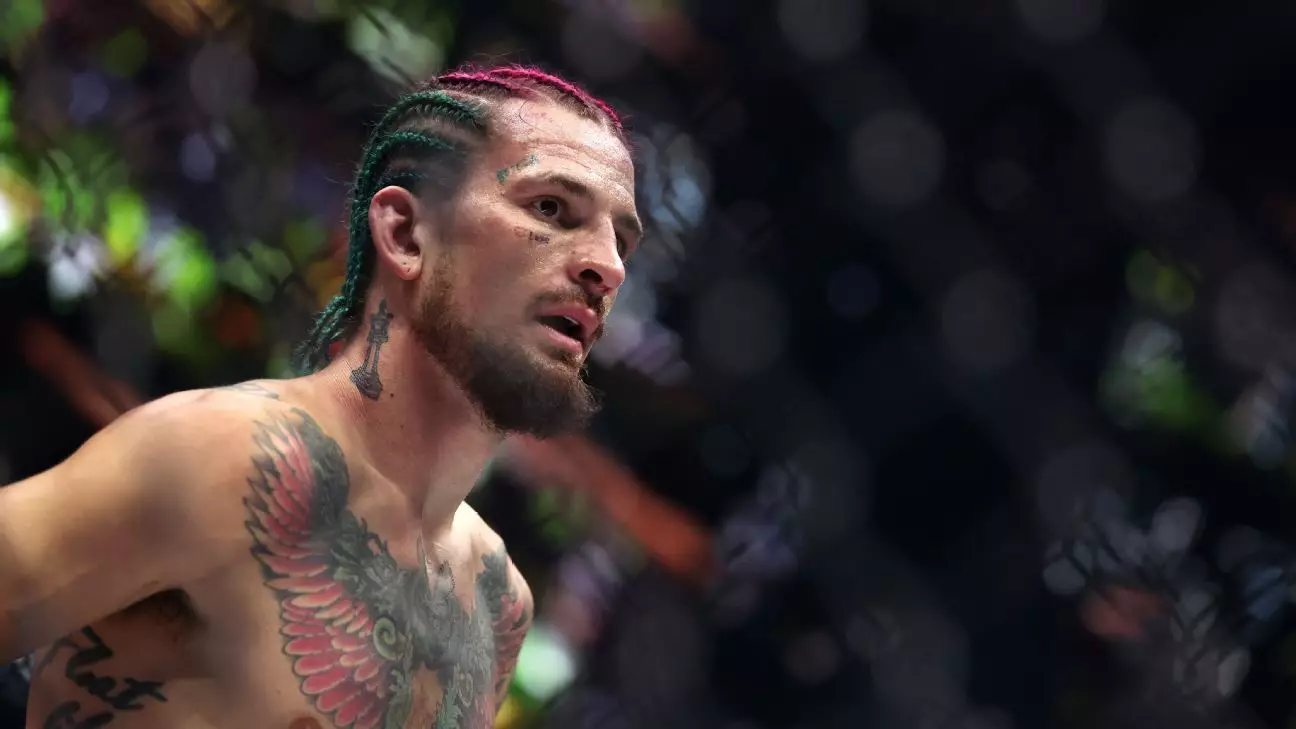Former bantamweight champion Sean O’Malley recently revealed that he faces a significant hiatus from competitive fighting due to a torn labrum in his hip. This injury, sustained ten weeks prior to his bout against Merab Dvalishvili at UFC 306, raised questions about his ability to compete at his highest level. Despite struggling with the injury throughout training, O’Malley persevered and stepped into the Octagon, ultimately losing his title to Dvalishvili by unanimous decision. As O’Malley prepares for surgery scheduled for October 3, many fans and analysts are left wondering how this setback will influence the trajectory of his career.
Understanding the Recovery Process
O’Malley has been candid about the potential length of his recovery, estimating a return to competition could take anywhere from six months to a full year. This extended timeline underscores the seriousness of his injury and the challenges athletes face when seeking to regain peak physical condition post-surgery. During a discussion on his podcast, O’Malley shared insights about the procedure and emphasized the importance of a full recovery before attempting to resume training. “This surgery should only take two months to come back from,” he explained, hinting at an optimistic yet realistic approach to his rehabilitation.
Additionally, O’Malley articulated that he does not blame the injury for his performance against Dvalishvili. Instead, he acknowledged being outperformed, stating, “I just got beat.” This acknowledgment of his defeat reflects a commendable level of accountability that is often absent in high-level competition, showcasing his sportsmanship and mental fortitude.
Even in the wake of this injury and significant loss, O’Malley’s popularity remains unabated. The bantamweight division is rife with challengers eager to capitalize on his vulnerability, notably Cory Sandhagen and Henry Cejudo, both of whom have expressed their desire for a match against the former champion. This highlights the competitive environment that exists within mixed martial arts, where one fighter’s setback can lead to another’s opportunity.
In contrast, Dvalishvili, the new champion, is set to defend his title, likely against undefeated challenger Umar Nurmagomedov. However, Dvalishvili has also shown interest in facing former flyweight champion Deiveson Figueiredo. The dynamic within the bantamweight division suggests a period of flux, with plenty of potential matchups on the horizon.
For O’Malley, the upcoming period of recovery may present an invaluable opportunity to reassess and refine his skills. Injuries, as challenging as they may be, often provide athletes with the chance to return stronger and more strategic than before. As he recuperates from surgery, fans and pundits alike will be watching closely to see how this experience shapes his training and fighting approach.
While the injuries may keep him out of the ring for the time being, O’Malley’s tenacity and commitment to improvement suggest that his journey is far from over. With the bantamweight division evolving, the stage is set for his eventual return, where he will undoubtedly aim not just to reclaim his title, but to redefine his legacy within the sport.


Leave a Reply